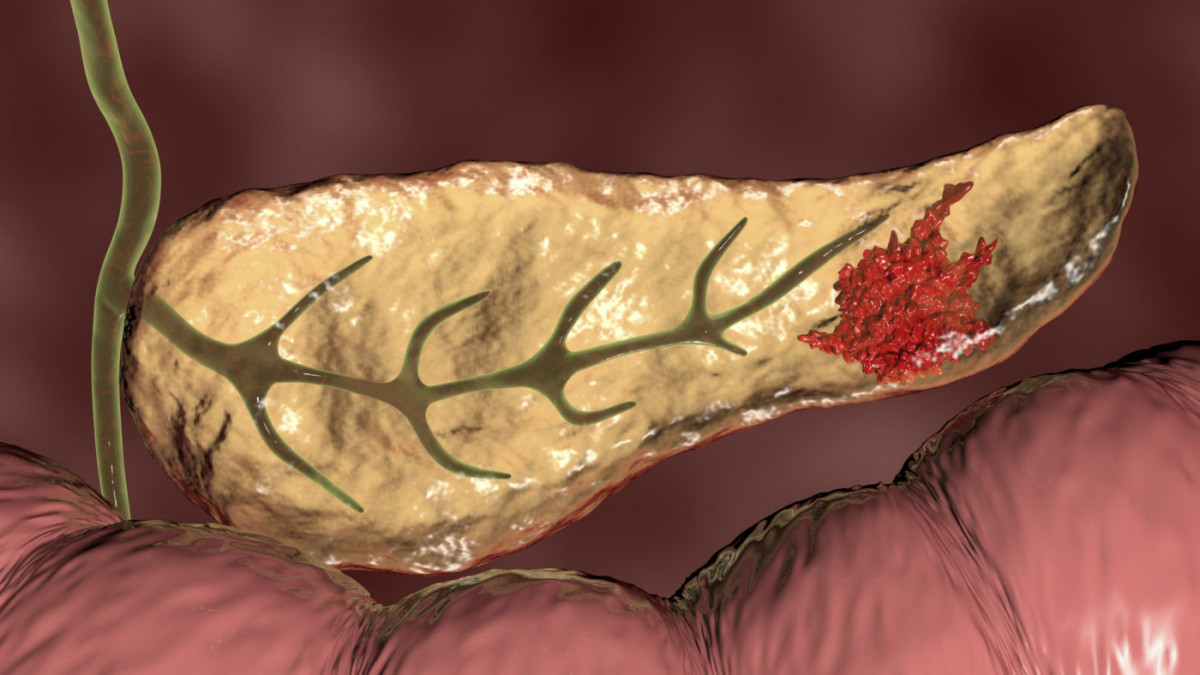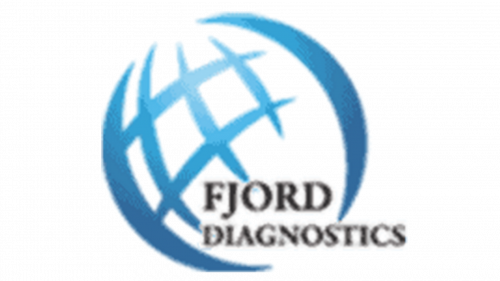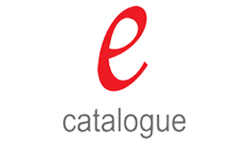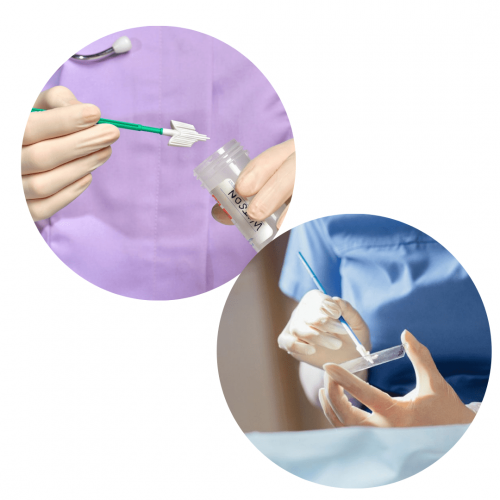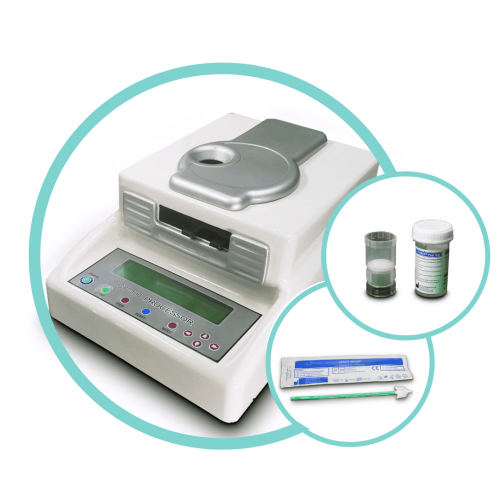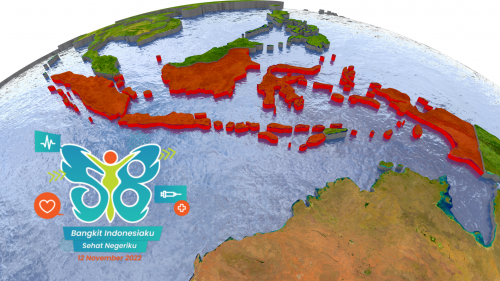Liquid-based cytology (LBC) is used primarily for cervical cytology, although it is also used for analyzing liquid samples such as urine and ascites specimens, as well as fine needle aspiration material, such as those obtained from breast and thyroid. The usefulness of the LBC method for endoscopic ultrasound-guided tissue acquisition (EUS-TA) of solid pancreatic masses was recently reported. The LBC method can produce multiple pathological slides and can be applied to immunocytochemistry and genetic analyses. In this article, we review the usefulness of LBC for EUS-TA of solid pancreatic masses.
Endoscopic ultrasound-guided tissue acquisition (EUS-TA) is widely used for the pathological diagnosis of intra-abdominal masses, especially pancreatic masses. Cytological diagnosis in EUS-TA is generally performed by smear cytology (SC), in which the collected specimen is smeared directly on a glass slide. In liquid-based cytology (LBC), collected cells are suspended in a liquid, homogenized, and smeared on a glass slide, and it has attracted attention as an alternative method to prevent blood contamination and cell drying/depletion, which are drawbacks of SC.
LBC is primarily used for cervical cytology, although its diagnostic efficacy in the analysis of non-gynecological samples such as fine needle aspiration specimens of the breast, thyroid gland, and lymph nodes was recently reported. Liquid-based cytology specimens are not only useful for cytological diagnosis, but are also valuable for obtaining genetic information to guide diagnosis, prognosis, and treatment. The advantages of genetic analysis using LBC specimens include ease of handling, storage, and transportation, and the test is not burdensome for the patient because samples can be collected during routine examinations.
Advantages of liquid-based cytology
- Specimen uniformity: Liquid-based cytology reduces the number of inadequate specimens by removing blood and mucus, as well as that specimen with poor fixation due to drying.
- Cell collection performance: Cell collection performance is improved because the presence of cell remnants on the collection device and cell detachment is reduced.
- Reduced burden on the cytologist: The diagnostic time is decreased by reducing the number of fields of view, and tumor cells can be easily identified by decreasing the number of contaminants.
- Specimen diversity: Multiple specimen preparation is possible, and samples can be used for immunostaining and genetic analysis.
The best product from PT ISOTEKINDO INTERTAMA related to a cancer diagnosis is CY-PREP ™ CY-100 Processor which is equipped with several components to perform screening including
- CY-PREP ™ CY-100 Processor for cytology preparation
- Liquid media to contain, transport, and preserve test samples using CY-PREP™ Pap Test Preservation Solution
Benefit:
-
- Protect the sample, and hold it for 3 weeks at room temperature (15-30 °C). Samples are safe from dryness & damage
- Minimizes the risk of important samples being left in the sampling device
- Collect all cervical samples so that all sample cells can be examined
- Provide enough test samples so that patients do not need to re-samples for follow-up tests
- Separating the inspection target material from lenders and dirt using a dual filter.
Benefit:
-
- Make a thin layer of preparation
- Cells become clearer when examined because the cell staining process becomes more perfect and adheres better
- Glass slide for sample attachment using IHC link glass slide
Benefit:
-
- There is an area for writing Patient ID, thus ensuring the accuracy of patient data
- Better reading quality because the IHC link glass slide is positively charged so that cells stick better
References:
- Insert Pack CY-PREP ™ CY-100 Processor
-
Genetic Engineering and Biotechnology News (2022)
- Volmar KE, Vollmer RT, Jowell PS, Nelson RC, Xie HB. FNA. (2005). Pancreatic FNA in 1000 cases: a comparison of imaging modalities. Gastrointest Endosc.
